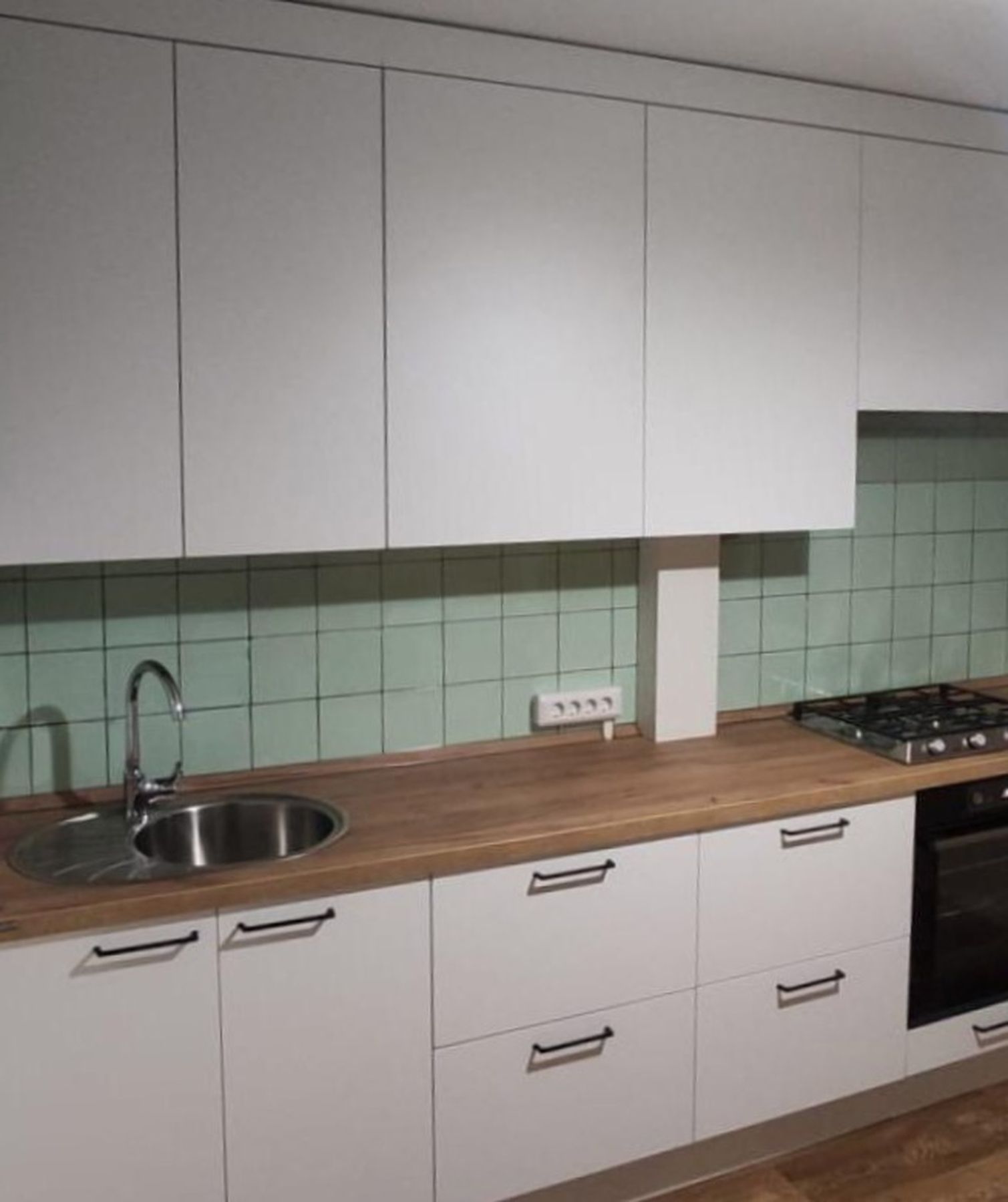
Introduction to Culinary Reinvention
The heart of the home, the kitchen, has always been a place of warmth and nourishment. As culinary interests have soared and the definition of cooking spaces has expanded, there is a growing trend in reimagining these spaces to accommodate the modern chef. These culinary transformations are not just about style; they represent a fundamental shift in how we interact with food and our living spaces.
The Evolution of Kitchen Design
In recent years, kitchen design has evolved from purely functional spaces into rooms that are as aesthetically appealing as they are practical. Driven by both advancements in technology and the desire for open-concept living, today's culinary spaces merge seamlessly with living and dining areas, encouraging a more social cooking experience. This evolution has paved the way for kitchens to become the new living rooms, where families gather and memories are made.
Innovative Storage Solutions
One of the key aspects of reimagined culinary spaces is the clever use of storage. Innovations in cabinetry, like under-counter appliances, pull-out pantries, and hidden compartments, have made it possible to maintain a sleek and uncluttered kitchen design while maximizing space. Custom storage solutions also mean that everything has a place, from spices to specialty cookware, creating an intuitive environment that caters to the home chef’s needs.
Integrating Technology
The incorporation of technology in modern kitchens goes beyond fancy appliances. Smart kitchens can now be equipped with devices that are connected to the internet, allowing for a level of convenience previously unimaginable. From refrigerators that alert you when you are low on groceries to ovens that can be preheated remotely, technology is reshaping how we interact with our culinary environments.
Material Matters
The reimagining of these spaces has also brought about a change in the materials used in kitchen designs. The incorporation of natural materials like stone, wood, and metal not only enhances the aesthetic appeal but also brings durability and sustainability to the forefront. These materials can be sourced responsibly and offer a timeless quality that contrasts beautifully with high-tech equipment, grounding the kitchen in both tradition and modernity.
Focus on Sustainability
Aside from aesthetics and convenience, sustainability has become a key focus in kitchen redesigns. Eco-friendly appliances that save energy and water are becoming standard, while composting solutions and indoor herb gardens reflect the growing desire to reduce waste and connect with our food sources on a deeper level.
Multi-Functional Spaces
Finally, modern culinary spaces are designed to be multifunctional. They accommodate not just cooking, but also dining, working, and socializing. Central islands have become dining tables, breakfast nooks double as homework stations, and kitchens now often feature built-in coffee bars or cocktail stations, reflecting the diverse roles that food and drink play in our lives.
Conclusion
The reimagining of culinary spaces is more than a trend; it is a reflection of our evolving lifestyles and the central role that food plays in them. By combining functionality with aesthetics, technology with tradition, and sustainability with luxury, these spaces are being perfectly tailored to fit the needs of the modern home chef. They are spaces that not only inspire the creation of meals but also the creation of memories, as cooking and living come together in harmony.